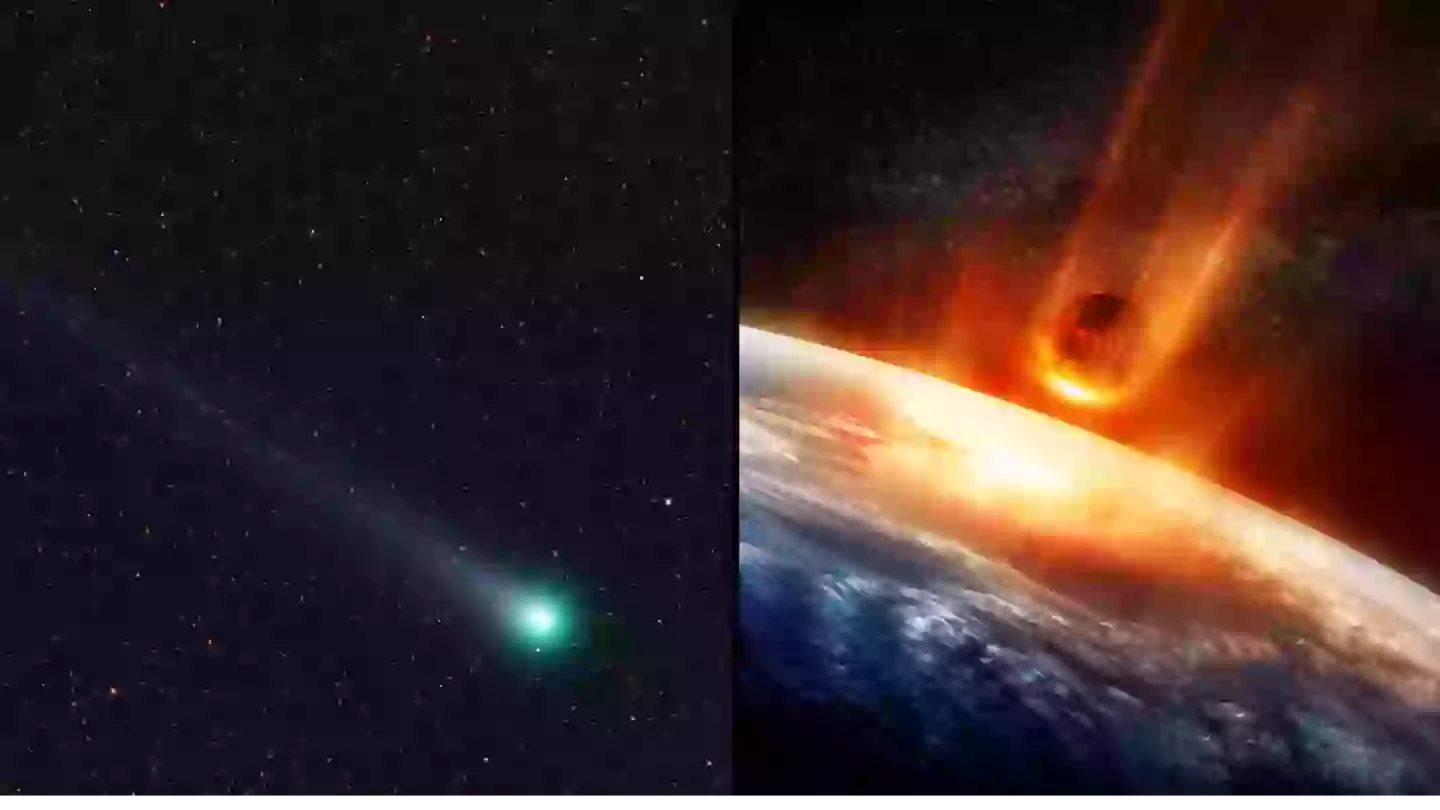
When it comes to astrological events, few are as rare as the one we're about to share with you.
To put how old it is into context when it last happened, human beings were just in the process of leaving Africa and inhabiting the rest of the world.
And unlike so many other astrological events, this one will be visible to the naked eye.
Advert

The comet, which was once known as C/2023 A3 (Tsuchinshan-ATLAS), was first documented again in February of last year in South Africa, Chile and Hawaii.
Now, it is set to come even closer to our pale blue dot, and in September 2024, it come within 36 million miles of the sun.
Then, just a month later, we should be able to look up with our naked eyes and see an object that's not been visible since the very dawn of human history.
In the meantime, the comet is travelling through space at a whopping 180,610 miles per hour between Saturn and Jupiter, according to space.com.
Advert

Because the comet itself is so rare, there's only a limited amount of information available about it, but experts have been able to confirm that it is 'very large'.
Qicheng Zhang and the University of Pennsylvania said that 'conditions are extremely favourable for this comet, the most promising in many years, and it could well create an Arend-Roland-like display after perihelion if it does survive (the geometry for that comet was very similar)'.
He added: "However, I would definitely not consider that a guarantee at this point, and it would not be unprecedented for this comet to turn out to have a sub-kilometre nucleus that disintegrates leaving us nothing to see at its theoretical best."

Advert
While we've still got a while to go before we can see the comet without the aid of specialist equipment, it will be visible from the Earth from as early as October of this year.
Comets are a spectacular sight because of their long, gassy tails which are made when they release some of their contents as they approach the sun.
According to scientists, this comet is set to be even brighter than the stars, and it is guaranteed to outshine the ZTF green comet, which you may have seen in February.
Compared to the ZFT comet, C/2023 A3 could be 100 times brighter, if it successfully passes the sun.
This was also a particularly historic sight - as the last time this comet passed by our blue planet was 50,000 years ago.
Topics: Space
